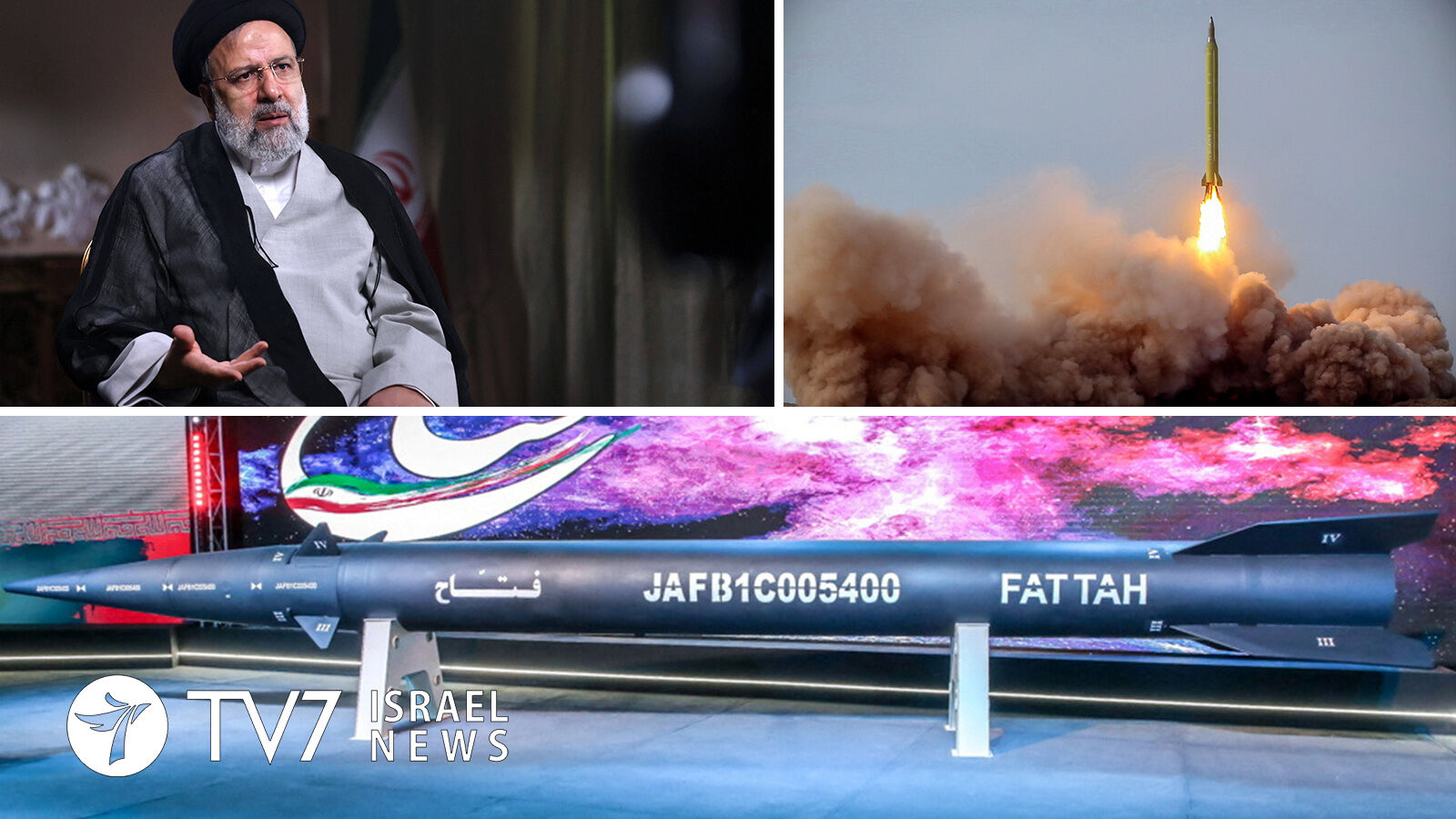The move is likely to heighten Western concerns over the Islamic Republic’s defense capabilities.
By Jonathan Hessen and Erin Viner
The first domestically made hypersonic ballistic missile was presented at a ceremony attended by President Ebrahim Raisi and commanders of Iran’s elite Islamic Revolutionary Guards Corps (IRGC), said the official IRNA news agency.
“This knowledge (missile making), science and defense – as well as missile and military industries, are indigenous in our country,” commented the Iranian leader, stressing, “It is not an imported technology, so threats cannot remove this advanced knowledge and industry.”
Ayatollah Ali Khamenei reportedly selected the name “Fattah” for the missile, meaning “victor” in Arabic despite use of the Persian language in Iran.
Tehran previously stated in 2022 that it successfully produced a hypersonic ballistic missile capable of exoatmospheric maneuvers.
“The precision-guided Fattah hypersonic missile has a range of 1,400 kilometers (870 miles) – we can accurately hit any target we want, and no anti-missile system can deal with it,” proclaimed IRGC Aerospace Force head Amirali Hajizadeh.
Hypersonic missiles can fly at least five times faster than the speed of sound via a complex trajectory that can render interceptions difficult.
The Fattah operates at a top speed of mach 14 (15,000km/h) that “can bypass the most advanced anti-ballistic missile systems of the United States and the Zionist regime including Israel’s Iron Dome,” declared State TV, adding that it can target “the enemy’s advanced anti-missile systems and is a big generational leap in the field of missiles.”
Western military analysts say Iran sometimes exaggerates its missile capabilities.
“I hear boastful words from all kinds of places, and hear our enemies flaunt weapons’ developments,” retorted Israeli Defense Minister Yoav Gallant, underscoring, “”To any such development, we have an even better response – whether it be on land, in the air, or in the maritime arena, including both defensive and offensive means. We will know how to defend the citizens of Israel and how to strike at our enemies a decisive blow if, God forbid, they will launch a war against us.”
Israel’s Arrow 3 surface-to-air system is an exoatmospheric hypersonic anti-ballistic missile program jointly funded, developed and produced with the United States. It serves as the outer-most layer of Israel’s aerial defense array, which also includes the Arrow 2, David Sling and Iron Dome.
As an equal partner, by the way, the United States does enjoy access to all of those Israeli systems. There has been a corresponding increase of Congressional support in response to rising threats emanating from the Islamic Republic of Iran to even farther advance Israel’s qualitative military edge (QME).
Despite US and European opposition, the Islamic Republic has vowed to further develop defensive ballistic missiles. Concern over the program contributed to then-US President Donald Trump’s 2018 decision to withdraw from the 2015 Joint Comprehensive Plan of Action (JCPOA) nuclear deal between Iran and six world powers. The Republican leader then reimposed harsh sanctions designed to choke off Iran’s oil exports, its major source of export income and government revenue. Tehran responded by openly breaching the JCPOA, including rebuilding its arsenal of enriched uranium to levels far above the 3.67% that had been permitted under the deal – reviving world fear it may produce atomic bombs.
Indirect talks in Vienna between Tehran and Washington aimed at salvaging the JCPOA hit an impasse in September 2022.
Israel, which the Islamic Republic has repeatedly threatened to annihilate, has long asserted that it will take military action if diplomacy fails to prevent the rogue nation from acquiring nuclear weapons.
